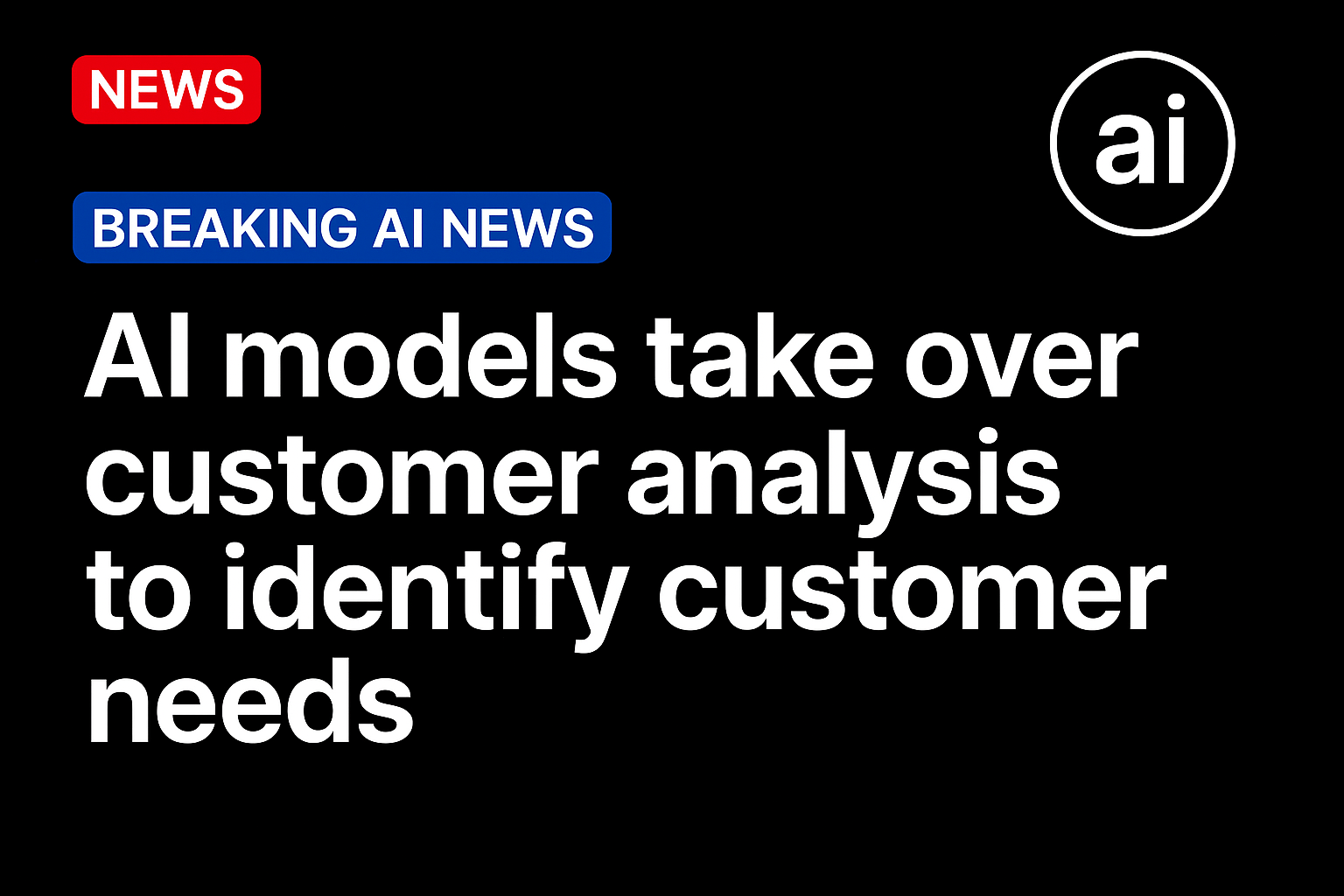
Artificial intelligence (AI) is now better at reading customers and assessing their needs than humans.
A new analysis from MIT Sloan School of Management showed that large language models can identify customer needs with a level of accuracy that exceeds trained human analysts.
The study showed that a fine-tuned model detected 100% of primary customer needs, while human analysts identified 87.5%. The researchers also found that non-expert employees matched expert-level performance when they used the same model, marking a significant shift in how companies can approach customer-needs analysis.
The findings arrive as companies increase their use of AI systems to process customer feedback, summarize interactions and extract signals from large volumes of unstructured data. The expanding use of these tools shows how insight work is moving into day-to-day workflows rather than remaining centralized in research or analytics teams.
AI Enters Product Workflows
For example, Oracle released new AI agents for sales professionals that pull customer intelligence from multilingual data sources, generate account summaries and prepare insight reports before deal conversations. The company positions these agents as part of its broader effort to embed AI into sales workflows.
Clorox also adopted a similar approach inside its consumer products portfolio. As part of a five-year, $580 million digital-transformation plan, Clorox integrated generative-AI tools into product-development and consumer-feedback processes. These tools analyze reviews and customer commentary across brands, including Hidden Valley Ranch, and flag emerging themes for product teams.
Latest analysis of AI customer service deployments found that companies using AI to process customer interactions recorded up to a 45% increase in customer-satisfaction scores and up to a 30% reduction in operational costs. The report attributed these improvements to faster detection of recurring issues, quicker routing of customer requests and more consistent classification of support themes.
Insight Cycles Shift as Companies Use AI for Early-Stage Signal Detection
Companies reported a broad expansion of AI-driven analysis workflows as AI systems began handling the first pass of customer-signal processing across sales, service, marketing and product operations. Gartner’s research showed that service organizations adopted AI systems for assisted-agent tasks, issue classification and automated triage, with teams using these tools to organize large volumes of customer messages and detect repeated issues inside support flows.
Vercel reported that it deployed AI agents trained on its top salesperson to qualify inbound leads, filter messages and route inquiries, consolidating tasks that previously required multiple employees. The company said the agent system produced consistent scoring across inbound messages and maintained response throughput during periods of higher volume.
As more companies shifted early analysis work to AI systems, the pattern extended beyond sales and service workflows and moved directly into product development. Organizations reported that AI tools no longer stopped at classifying customer messages or assembling internal summaries. Instead, these systems processed signals that fed into decisions about ingredients, product formulas and long-term development requirements.
In one example, Barry Callebaut expanded its use of AI when it partnered with NotCo to generate new chocolate formulations. The company said the system analyzed ingredient alternatives, cost pressures and consumer preference data to produce recipe concepts for internal evaluation. Reuters reported that the AI models incorporated rising cocoa price constraints and produced flavor and texture candidates for review.
Other manufacturers reported parallel activity. Johnson & Johnson said that it redirected its AI deployments toward product, commercial and research workflows after assessing its early pilots. The company reported that about 10% to 15% of initial projects delivered most measurable results. These deployments included systems that processed medical device feedback, evaluated commercial signals and supported planning for development cycles.
Source: https://www.pymnts.com/




